Customer Reviews
- All Reviews (235)
- Image (30)
- Video (0)
A part of the review has been auto-translated.
-
 mullecyVIP3CH10/11/2016
mullecyVIP3CH10/11/2016Works as specified if you stay in the limits. Just a little warning: during my tests, I lowered the input voltage and under 3.5V, the circuit doesn't cut but becomes crazy and the output (that was set to 15V with the pot.) jumps to 40V with no load. With a 2k resistor at the output, it only goes to 30V. Of course, this is under the specified minimum voltage, but for solar applications, how can you guarantee that the input voltage will not be there? So when it says "Module Suitable For Solar Panel" I'm suspicious. If you really want to use it like that, you could add a small circuit between the solar panels and the converter to cut it if the voltage drops under the minimum 3.8V or clamp the output with a zener (there's no voltage rating on the output capacitor so that kind of overvoltage could damage it if it is not designed to handle 40V) Also the problem with that kind of circuit is that if you try to extract too much current from a solar cell, its voltage drops, but then the converter will try to get even more current to keep it's output and the input voltage drops even more... So you also have to add a circuit that limits the output current when the input voltage drops. Conclusion: good circuit if you use it properly but not really appropriate for solar panels despite what it says in the title.
CommentsShow Original -
27/01/2021
Will bu used in the future with old PC-power-supplies for variable voltages. I have tested it with a power supply and measured the output voltage. The input was 7.2 Volts. I have used output at voltages of more than 25 V down to 1.5 Volts. The trimmer for the output voltage is extremely sensitive (10 turn potentiometer) so that the exact voltage can be set easily. The input voltage should be 5 Volt or higher for stable output.
CommentsShow Original -
27/09/2020
its so nice
CommentsShow Original -
 wgc4VIP1US19/02/2017
wgc4VIP1US19/02/2017I ordered three of these modules. I had never used them before, so I hooked them up to a basic adjustable power supply and measured the output while I made adjustments to the trimpot. I was having problems with the output voltage on the first one I tested, where it wouldn't go below 9.5V, even with a 5V input (I needed 3.3V). The step-up still seemed to work fine. I tried to figure out which component failed, but I never did. I even removed the trimpot for testing and resoldered a couple of surface mount resistors. I tested the second one, and it worked fine. I tested the third one, and it worked fine, but while I was adjusting the trimpot, I encountered the same problem and it jumped up to 9.5 V. I think this was probably due to an error on my part. I think that my alligator clip probably slipped and shorted something out. This also led me to believe that I probably killed the first one in the same manner. My advice is to be very careful when using this module, and to solder wires in place before testing. In my case, I feel that the error was on my part, and I will be ordering some more in the future, since they are inexpensive. Also, the circuit boards on all of mine were misprinted as part DSN600AUD instead of DSN6000AUD. Other than that, they are identical to the one in the picture.
CommentsShow Original -
02/12/2020
Step up step down DC to DC changer. It works fine for a small loads such as ventilators or small DC motors or other electronics. Like it for my DIY projects.
CommentsShow Original -
25/08/2018
With a 12V power supply I achieve 1.75V to 47.5V output range, pretty good for the size and can easily be incorporeted inside any electronic project
CommentsShow Original -
 JoscheVIP1DE21/06/2017
JoscheVIP1DE21/06/2017Device arrived set to 20V output. Left turn Driving a small 19V load from a USB power bank is no problem. If a more powerful source is used and the load uses more power, the temperature can rise quickly. Keep an eye on the power throughput.
CommentsShow Original -
 Trev20VIP1AU18/04/2017
Trev20VIP1AU18/04/2017Converters work as described. Good price.
CommentsShow Original -
 burnsheepJP27/12/2016
burnsheepJP27/12/2016All worked normally.
CommentsShow Original -
19/06/2019
They work great, I was impressed by the resolution of the trimpot and consistency of the voltage output. They have a wide range of input and output voltages and the current is enough for many applications.
Comments (1)Show Original
































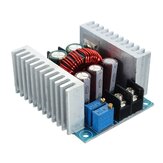
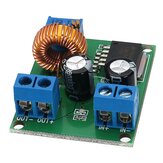










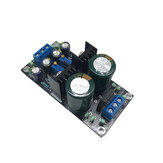
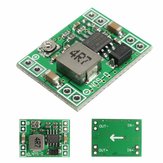















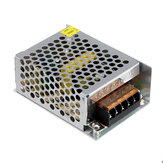



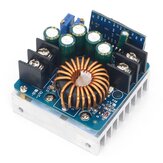










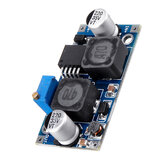

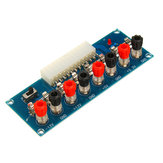





.jpg)







